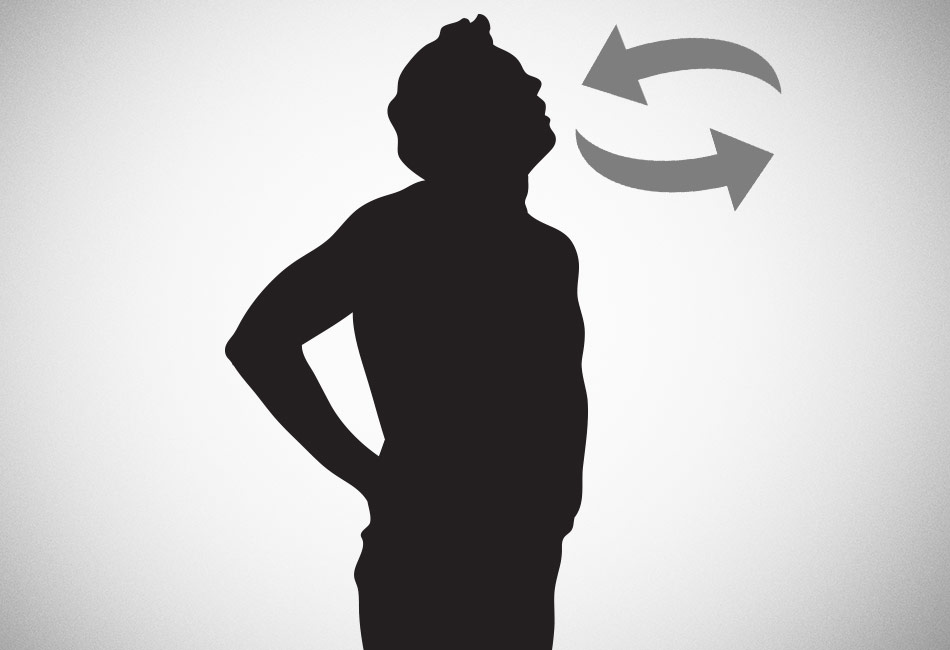Physical activity requires oxygen so the muscles can work properly. We all think we know how to breathe because we do it every day, yet just like we have to learn to optimize the way our bodies move so we can become more powerful, so does our breathing technique have to be an acquired rather than instinctive, skill.
From a purely oxygen intake point of view there is no difference whether you choose to suck in air through your nose or through your mouth. Both intakes will take in oxygen, get it to our lungs and, from there, via the red blood cells in our bloodstream, to the muscles that need it so they can work.
Breathing however is more about than just sucking in oxygen, particularly if we are performing physical activity at peak or are engaged in complex movements. There are a couple of things to keep in mind here that will be of help. First, the obvious one: Breathing is about rhythm. When we breathe in the diaphragm and the external intercostal muscles contract. The diaphragm moves downward increasing the volume of the chest cavity, and the external intercostal muscles pull the ribs up and outward, expanding the rib cage, further increasing this chest volume. This increase of volume lowers the air pressure in the lungs as compared to the atmospheric air outside the body. Because air always flows from a region of high pressure to an area of lower pressure, it travels in through the body’s conducting airway (nostrils, throat, larynx and trachea) into the alveoli of the lungs.
When we exercise we are on the move, so none of this is taking place while we are standing still. Our physical activity (running, jumping, playing a game, boxing or dancing) involves the use of many other muscle groups and unless there is a rhythm to how everything happens there is a very real danger of competing muscle groups getting in the way of each other. Inspiration then becomes labored. We take shallow breaths instead of deep ones and become fatigued much sooner. We also lose focus in what we do as the body’s muscle groups end up fighting with each other, struggling to do what should be natural (i.e. taking a breath).
Now, for the less obvious one: breathing is linked to neurological networks and there it is channel specific. Complex pathways in our brain become activated when we breathe in particular ways which then affects the performance of our bodies. The way we recall memories and make emotional judgements are impacted adversely when we breathe through our mouth instead of through our nose.
This has critical implications in some activities. Martial artists, boxers, dancers and gymnasts for example could suffer from impaired performance if they breathe in through the mouth. Because it is the brain that guides the body, complex activities that require critical decisions to be made at key moments benefit the most from rhythmic breathing that synchronizes the muscles and uses the centers of the brain most effectively.
So, you may not really see much of a difference in your performance if you breathe in through the mouth and jog but if you’re running a race and need to be able to plan your run strategy, you will definitely feel the difference.
The body and mind are connected through the physiology of the body and the different centers of the brain and neuroscience is slowly unlocking these secrets, to our benefit.
Breathing during exercise: nose or mouth?

Login to bookmark.









